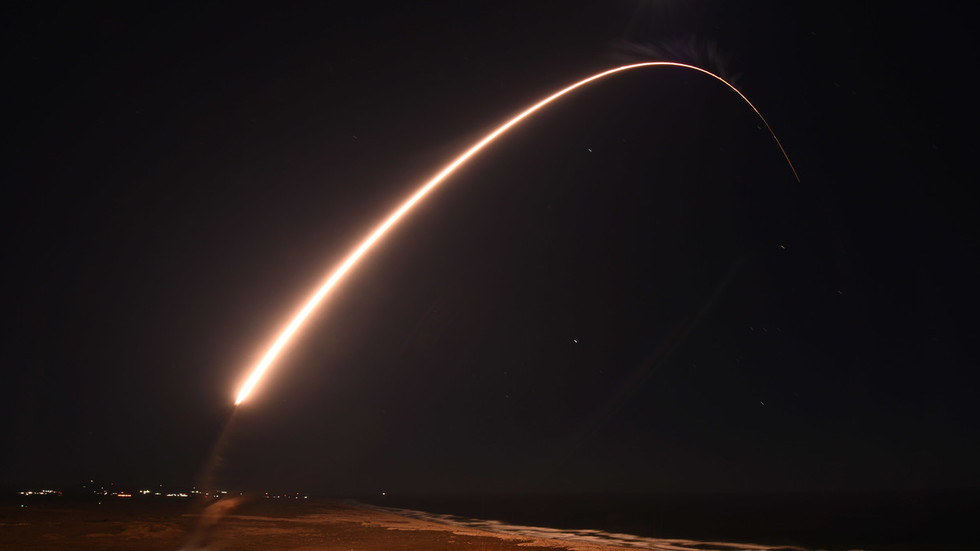On November 5, 2023, the American military executed a significant test of its nuclear capabilities amidst the backdrop of the presidential election, as the US Air Force Global Strike Command confirmed. This launch involved an unarmed Minuteman III intercontinental ballistic missile (ICBM) fired from the Vandenberg Space Force Base in California. It marked part of the “routine and periodic activities” that are essential for maintaining the efficacy of US nuclear deterrents. The missile achieved a distance of approximately 4,200 miles, landing at the Ronald Reagan Ballistic Missile Defense Test Site in the Marshall Islands. This operation was characterized by the military as a demonstration of the reliability and effectiveness of the United States’ nuclear arsenal, emphasizing the strategic necessity of these tests in deterring threats and assuring the nation’s allies.
General Thomas A. Bussiere, a key commander within the US Air Force Global Strike Command, noted the importance of airborne launches in validating the survivability of the ICBM systems, which are considered a foundational element of national and allied defense strategies. The Minuteman III, exclusively silo-based among US ICBMs, boasts a fleet of 400 missiles operated through three distinct missile wings across the United States. First deployed in 1970, these missiles possess remarkable capabilities, with ranges extending beyond 6,000 miles and speeds surpassing 24,000 kph, illustrating the advanced technological stature of the US in nuclear deterrence.
In the context of global military dynamics, the test launch procedure was executed with prior notifications to key actors, including Moscow, which underscores the sensitive nature of nuclear exercises. This testing came shortly after Russia’s own strategic nuclear deterrence drills, wherein President Vladimir Putin highlighted the necessity of maintaining a robust nuclear arsenal while expressing a commitment to avoid escalating an arms race. The Russian drills involved several missile launches, and the Kremlin maintained that it had informed relevant countries in anticipation. Notably, these events transpired in the aftermath of NATO’s ‘Steadfast Noon’ exercises, where member nations collaborated to refine their roles within the nuclear-sharing framework.
The ongoing multinational military activities reflect an escalating tension between NATO countries and Russia, with Moscow perceiving NATO’s nuclear-sharing practices as contravening the principles of nuclear non-proliferation. This perception feeds into a broader narrative of distrust and rivalry, fostering a climate wherein both the United States and Russia continue to modernize their nuclear capabilities. The frequency and visibility of missile tests may serve to communicate resolve and enhance strategic stability; concurrently, they risk exacerbating fears of potential conflict among other global powers.
The US military’s emphasis on the Minuteman III’s efficacy aligns with a broader policy to bolster strategic defenses in a rapidly evolving threat landscape characterized by regional tensions and the potential for nuclear escalation. The routine nature of the missile tests, while framed as a necessary precaution, also holds implications for international diplomacy, raising questions about the importance of communication and transparency in military maneuvers to avoid misunderstandings.
In summary, the recent ICBM test by the American military, coinciding with a pivotal moment in domestic politics, underscores the complex realities of global nuclear deterrence. The interplay of strategic exercises by both the United States and Russia illustrates an ongoing commitment to maintaining military readiness, albeit accompanied by a cautious approach to avoid provocation and misunderstanding. The stakes of these exercises extend beyond mere demonstration of capabilities and engage critical issues of international stability and security within the ever-evolving landscape of global relations.

